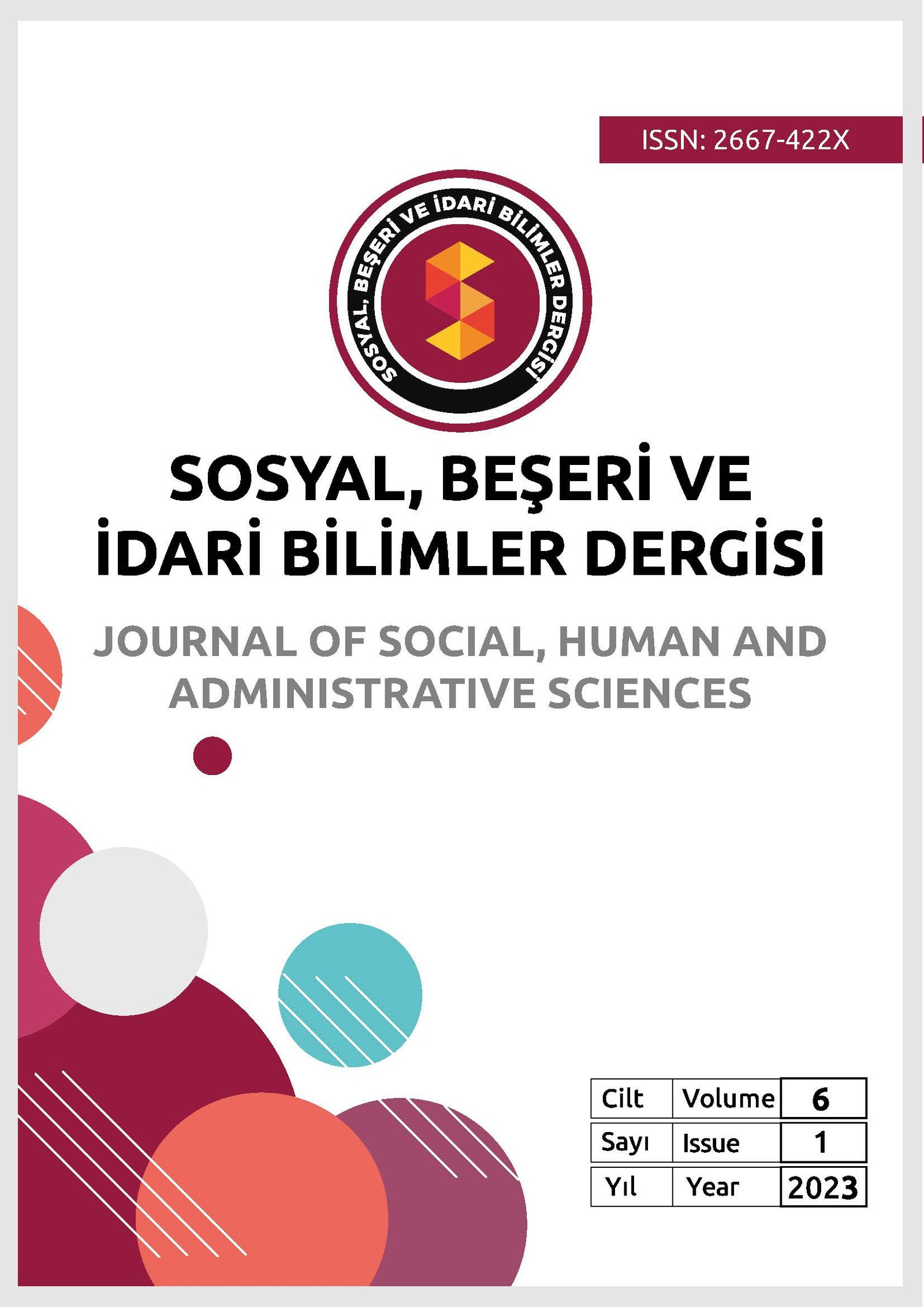Geomorphological Characteristics of Özalp (Van) and Its Neighborhood
Main Article Content
Abstract
The research area covers the district of Özalp and its surroundings in the province of Van in the east of Turkey. The site is also within the closed basin of Lake Van and is adjacent to Iran. The aim of this study is to explain the geomorphological features of the area that has not been studied from a geographical perspective before. In the study, field observations and studies, satellite images and photographs, various maps were used. Geological features are at the forefront in gaining the current geomorphological features of the field. In addition, different geomorphological elements have been defined in the area where fluvial processes are active. These; mountainous and hilly areas, ridges and slopes, valleys, accumulation cones, gorges and plain area corresponding to high erosion surfaces. Rocks of various ages have been found in the area from the Paleozoic to the present, and these have been highly affected by tectonism. The main river of the area is Özalp River, which extends in an E-W axis. Many side branches participate in this in the N-S directions. The plain area is compatible with the main river and extends in the E-W axis. Depending on precipitation and snowmelt at certain times, there may be flooding due to the rivers joining the main branch through the side branches. Likewise, these raids morphologically allow the accumulation cones to expand to the sides. The site is located in a harsh continental climate. However, in the research area of climate changes affecting the world in recent years, it can be said that the drying of surface/ground water resources and sometimes sudden floods both change the morphological structure and threaten the existing settlements on the morphology. For this reason, it is recommended not to establish settlements, especially in the close areas of the Özalp River and in the mouths where the side branches connect to the main branch.
Article Details

This work is licensed under a Creative Commons Attribution 4.0 International License.

